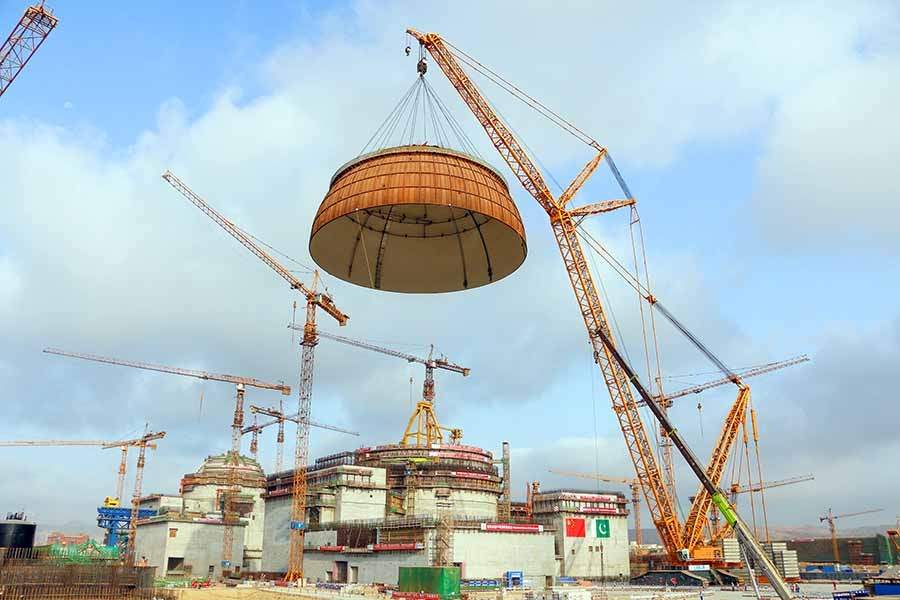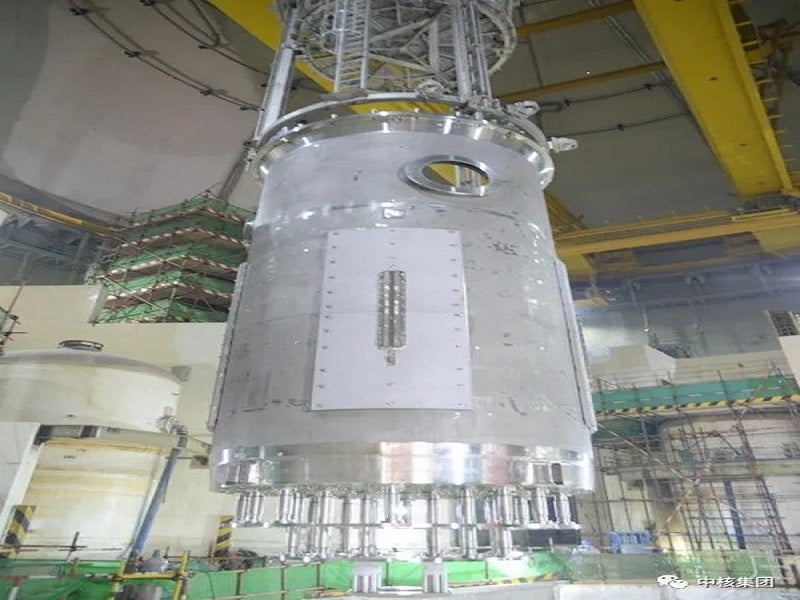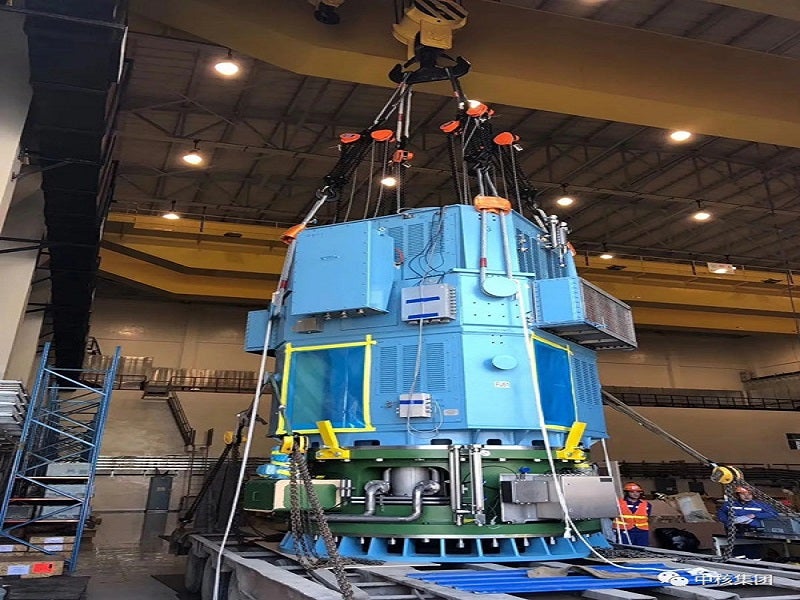Pakistan’s first nuclear plant in Karachi underwent a 2.2GW capacity extension with two 1.1GW pressurised water reactor (PWR) units of Chinese design.
The $10bn project was built with financial assistance from China, the biggest energy and infrastructure investor in Pakistan.
The Karachi nuclear power plant is located on the Arabian Sea coast, approximately 18km east of Karachi, and had been in service with a single 137MW reactor unit (Kanupp-1) since 1972. It is owned and operated by the Pakistan Atomic Energy Commission (PAEC).
The construction of the Kanupp-2 and Kanupp-3 reactor units started in August 2015 and May 2016. The two new units started commercial operations in May 2021 and April 2022 respectively.
The units will have a design life of 60 years, and will account for approximately 10% of the country’s total generation capacity.
Karachi nuclear power plant’s new units and reactor design details
Kanupp-2 and Kanupp-3 each consist of a nuclear island, conventional island and balance of plant.
Each nuclear island houses a Chinese Hualong One or HPR1000 (formerly ACP-1000) reactor.
HPR1000 is a generation III+ three-loop PWR based on design improvements to the China General Nuclear Power Group’s (CGN) ACPR-1000 and China National Nuclear Corporation’s (CNNC) ACP-1000 reactor models. All the six main pumps of the nuclear reactors were approved by March 2020.
The Hualong One advanced reactor design has a single stack layout, 177 nuclear fuel assemblies, a double containment structure and a combination of active and passive safety systems.
Each new reactor unit at Kanupp generates 1,100MWe gross electrical output and 3,060MWt gross thermal output.
Kanupp-2 unit has two main circulating water pumps at the pump room, weighing 123t each with a motor power of 9000KW. The pumps provide cooling water to the conventional islands of the power plant.
The reactors are designed to provide emergency cooling for 72 hours in the absence of electricity supply.
Kanupp-2 nuclear island details
The last concrete layer for the outer containment dome of Kanupp-2 reactor’s nuclear island was poured in April 2020. The height of the structure reached 73.98m.
The nuclear island has a two-layered containment. The outer layer is divided into a tube-like structure and a dome structure. Capping of the dome provides a strong foundation for installation, debugging, and the operational purposes of the reactor.
Financing for Karachi nuclear power plant expansion
More than 80% of the estimated project cost was financed through a loan from China’s state-owned Export-Import (Exim) Bank.
The remaining cost was funded by the public sector development programme (PSDP) of the Pakistan Government.
Electricity transmission
The electricity transmission infrastructure works for the Karachi nuclear power plant expansion included the development of 220kV and 550kV transmission lines connecting to the national grid.
The National Transmission and Despatch Company (NTDC) of Pakistan was responsible for the construction, operation and maintenance of the electricity transmission infrastructure for the project.
Contractors involved
The China National Nuclear Corporation (CNNC) was the general contractor and reactor supplier for the project through its overseas nuclear project platform, the China Zhongyuan Engineering Corporation (CZEC).
The reactors were jointly developed by CNNC and the China General Nuclear Power Corporation (CGN) using ACP-1000 technology.
The China Nuclear Engineering and Construction Group (CNECC) was engaged as a construction contractor.
Karachi nuclear power plant unit one details
Karachi nuclear power plant unit one originally comprised a 137MW single unit Canada Deuterium Uranium (CANDU) pressurised heavy-water reactor supplied by the Canadian General Electric Company.
Fuelled by 30t of natural uranium, the reactor had a thermal output of 432.8MWt and gross electrical output of 137MWe.
Commissioned in 1972, Kanupp-1 had outlived its 30-year design life by 2002. PAEC operated it at a reduced capacity with repairs and replacements.
Kanupp-1 was permanently shut down after completing 50 years of operations in August 2021.





